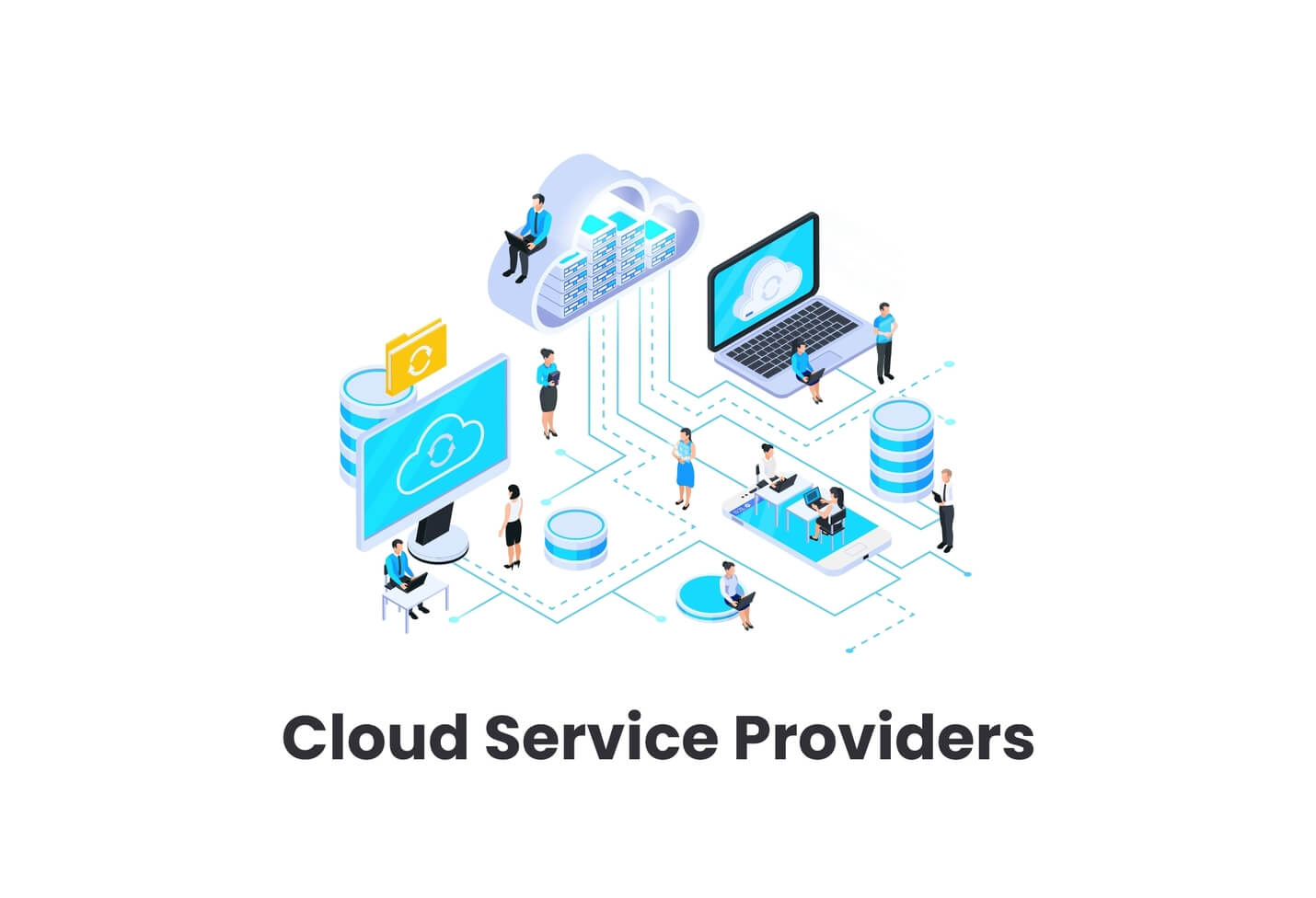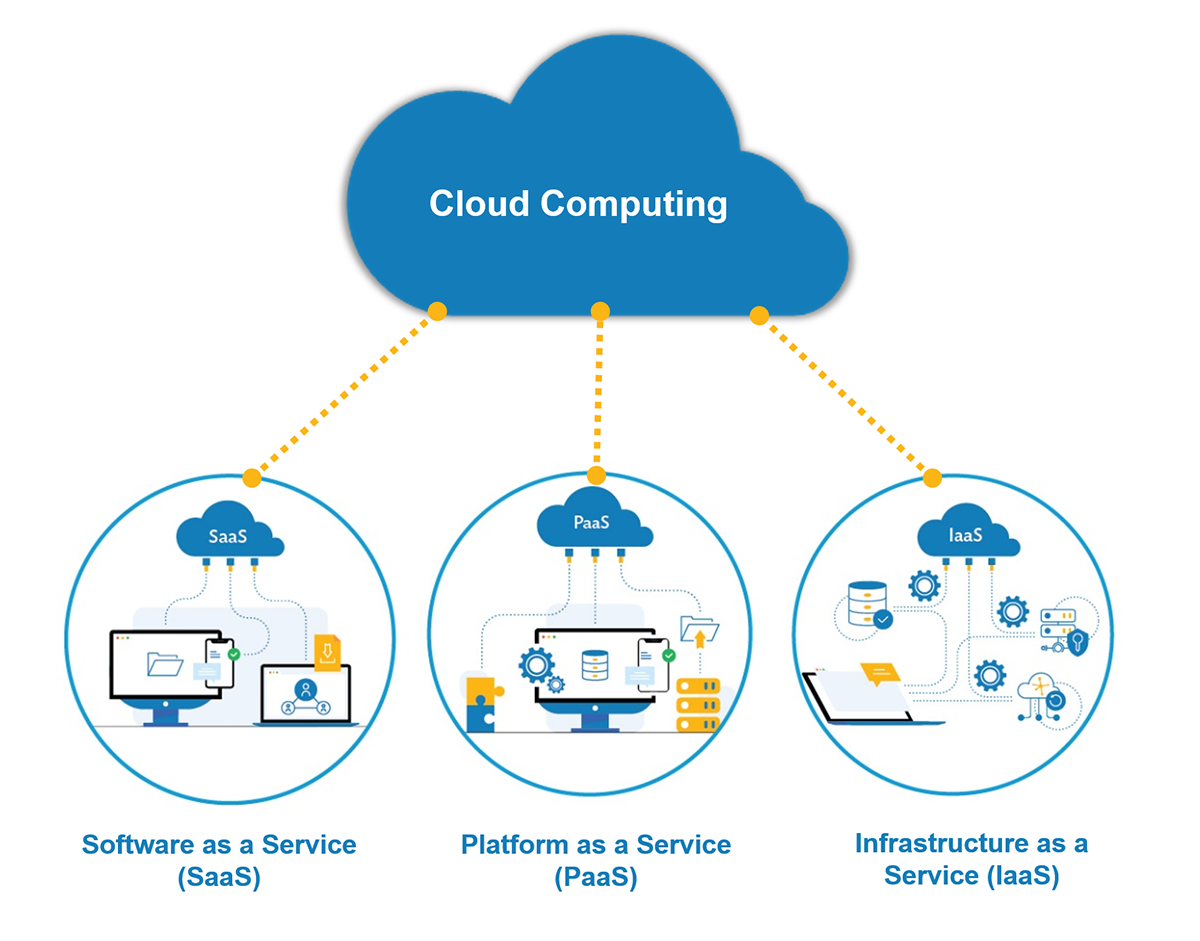Unveiling the Perks of LinkDaddy Cloud Services for Software Solutions
Wiki Article
Streamline Operations With Robust Cloud Provider
In today's hectic company landscape, the role of modern technology in enhancing functional performance has come to be vital. Accepting robust cloud services provides a tactical possibility for organizations to streamline their procedures and stay ahead of the curve. By using the power of cloud options, companies can attain a level of operational agility that is crucial for continual development and competition in the digital age. The benefits go past mere ease; they encompass a basic change in how services run and adapt to the ever-evolving market dynamics.Benefits of Cloud Solutions
Cloud solutions offer many benefits to people and companies seeking versatile and efficient options for data storage and administration. One crucial benefit is the scalability that shadow solutions offer, permitting users to conveniently change their storage space and computer needs as their requirements develop. This versatility makes it possible for businesses to scale up during peak times and reduce throughout slower durations, optimizing sources and prices.In addition, cloud solutions use improved access to applications and data. Individuals can access their info from anywhere with a web link, promoting collaboration among employee functioning from another location or in different places. cloud services press release. This accessibility likewise improves efficiency by enabling seamless job procedures without being tied to a particular physical place
Furthermore, cloud services usually feature automated updates and maintenance, minimizing the problem on IT divisions and making certain that systems are protected and updated. This proactive strategy to upkeep assists companies stay affordable and secure in an ever-evolving technical landscape. Overall, the benefits of cloud services make them a valuable asset for organizations seeking to improve procedures and improve performance.

Boosted Information Protection Actions
Implementing durable security procedures and gain access to controls is vital for guaranteeing data security in cloud solutions. By securing data both en route and at remainder, companies can safeguard sensitive details from unapproved gain access to. Access controls aid limitation who can view, modify, or erase data, including an additional layer of safety and security. Multi-factor authentication even more enhances data defense by needing additional verification actions beyond a password.Regular protection audits and monitoring are critical to determining and addressing prospective susceptabilities quickly. By continually keeping an eye on for unusual activities, companies can respond and identify to safety and security threats in real-time, minimizing the threat of data violations. Information loss prevention devices can likewise aid prevent destructive or accidental data leakages by keeping track of and obstructing sensitive details from being shared outside the organization.
Training staff members on finest protection methods is vital in maintaining information security. cloud services press release. Enlightening staff on how to acknowledge phishing efforts, creating strong passwords, and safely handling information can significantly minimize the likelihood of safety cases. In general, a thorough method that integrates file encryption, gain access to controls, surveillance, and staff member training is key to boosting data safety and security in cloud services
Scalability and Versatility Solutions
To meet the needs of developing business needs, organizations are significantly looking for adaptable and scalable options within their cloud solutions framework. Scalability and adaptability are critical parts that make it possible for services to adapt to changing requirements successfully. Cloud solutions use the advantage of easily scaling sources up or down based upon demand, allowing companies to enhance performance and cost-effectiveness.One trick remedy for scalability is making use of auto-scaling capabilities, where cloud sources immediately get used to meet rising and fall workloads. This ensures that companies can preserve consistent efficiency without over-provisioning sources. Additionally, cloud solutions offer flexibility by supplying a vast array of solutions and implementation choices, allowing businesses to customize their facilities to particular needs. This adaptability allows organizations to trying out different configurations and modern technologies to discover the optimal configuration for their operations.
Cost-Effectiveness and Source Optimization
Achieving cost-effectiveness and optimizing sources are paramount factors to consider for organizations when handling their cloud solutions facilities. Cloud solutions provide the advantage of price adaptability, permitting companies to pay only for the sources they utilize, which can result in considerable price savings compared to typical on-premises options. By leveraging cloud solutions, organizations can enhance their source allotment, scaling up or down based upon demand to stay clear of over-provisioning and unnecessary costs. In addition, cloud service providers usually use numerous rates models, such as reserved or pay-as-you-go circumstances, making it possible for organizations to choose the most cost-effective option based on their use patterns.Source optimization in the cloud includes efficiently making use of calculating power, storage, and networking capabilities to fulfill efficiency demands without spending too much on unnecessary sources. Applying automation devices and keeping an eye on systems can assist organizations track source usage in real-time, identify inadequacies, and make modifications to improve operations and lower expenses. By continuously maximizing resources and monitoring expenditures, organizations can guarantee they are optimizing the cost-effectiveness of their cloud services infrastructure while keeping high performance degrees.
Combination Strategies for Seamless Procedures
In order to make certain smooth and efficient operations, organizations must strategically carry out and intend integration techniques for their cloud solutions infrastructure. APIs enable the sharing of data and performances in between applications, advertising interoperability and streamlining processes.
Additionally, adopting middleware services can aid bridge the gap between diverse systems by working as a communication layer that promotes data exchange and synchronization. This middleware layer can enhance connectivity and enable real-time data flow between databases, applications, and tools. In addition, leveraging assimilation systems as a solution (iPaaS) can simplify the integration procedure by providing pre-built adapters and tools for integrating cloud solutions with on-premises systems.
Final Thought
In final thought, leveraging robust cloud solutions uses companies countless benefits such as boosted data security, scalability, cost-effectiveness, and seamless integration techniques. By enhancing performance and performance, businesses can adjust sources to satisfy altering demands and drive general success. With streamlined operations and boosted operational dexterity, organizations can successfully navigate the ever-changing service landscape and remain competitive in today's electronic era.Cloud services supply the advantage of conveniently scaling resources up or down based on demand, enabling organizations to enhance efficiency and cost-effectiveness.
Additionally, cloud services supply flexibility by providing a vast range of solutions and deployment choices, permitting businesses to tailor their framework to details needs. By constantly maximizing resources and tracking expenditures, companies can ensure they are taking full advantage of the cost-effectiveness of universal cloud Service their cloud solutions framework while maintaining high performance levels.
Furthermore, leveraging assimilation systems as a solution (iPaaS) can simplify the integration process by supplying pre-built adapters and devices for integrating cloud services with on-premises systems.

Report this wiki page